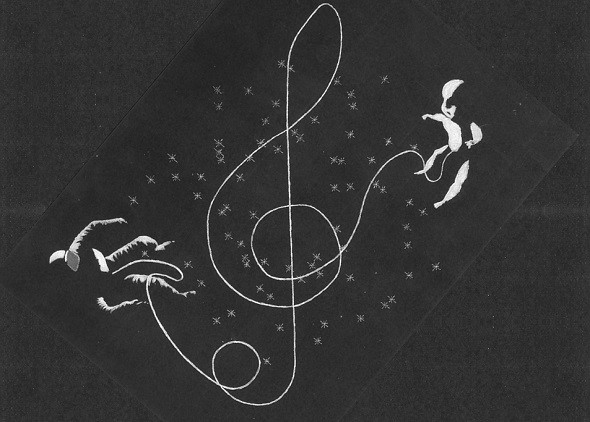The last crypto challenge I’m going present in 2016 was created by master-codebreaker Tony Gaffney. Can you solve his starlight steganogram?
The year 2016 is coming to an end. The last challenge of the year I want to publish on Klausis Krypto Kolumne was provided to me by London-based codebreaking expert Tony Gaffney. Tony has solved many interesting cryptograms, for instance several of Giovan Battista Bellaso’s crypto puzzles from the 16th century. In addition, Tony has created interesting crypto or stegano challenges himself, including the chess cipher I published a few weeks ago. As usual, my readers solved it.
After the chess cipher had been well received by my readers, Tony sent me four more puzzles of a similar kind. Three of them will be published in the new edition of my book Versteckte Botschaften, which I plan to finish soon. Here’s the fourth one. Can you find a hidden message in the following picture?
As you see, this picture shows an astronaut and a baby. This reminds me of the famous movie 2001: A Space Odyssey. The clef might indicate that the puzzle has got to do with music. Maybe the stars are coding a message. If so, the method used could be a dot cipher (check here for a few examples). However, all these thoughts are speculation. The code Tony used might be as well a completely different one.
If you have an idea how to solve this steganogram, please leave a comment.
I wish all readers of this blog all the best for 2017!
Follow @KlausSchmeh
Linkedin: https://www.linkedin.com/groups/13501820
Facebook: https://www.facebook.com/groups/763282653806483/
Further reading: Who can find the hidden messages in these 16th century texts?




Kommentare (19)